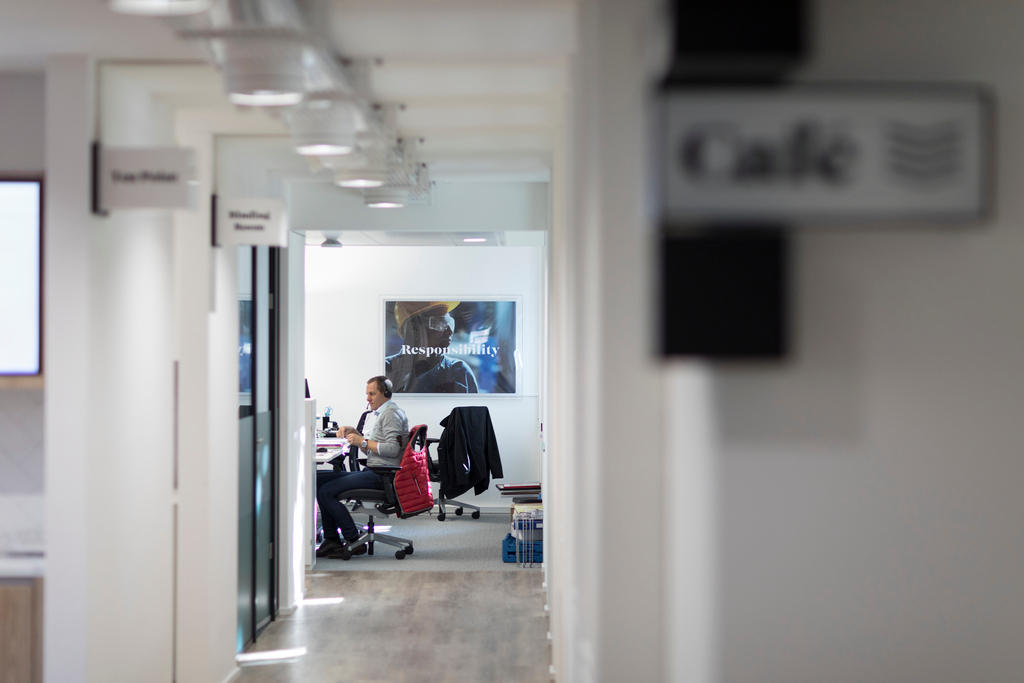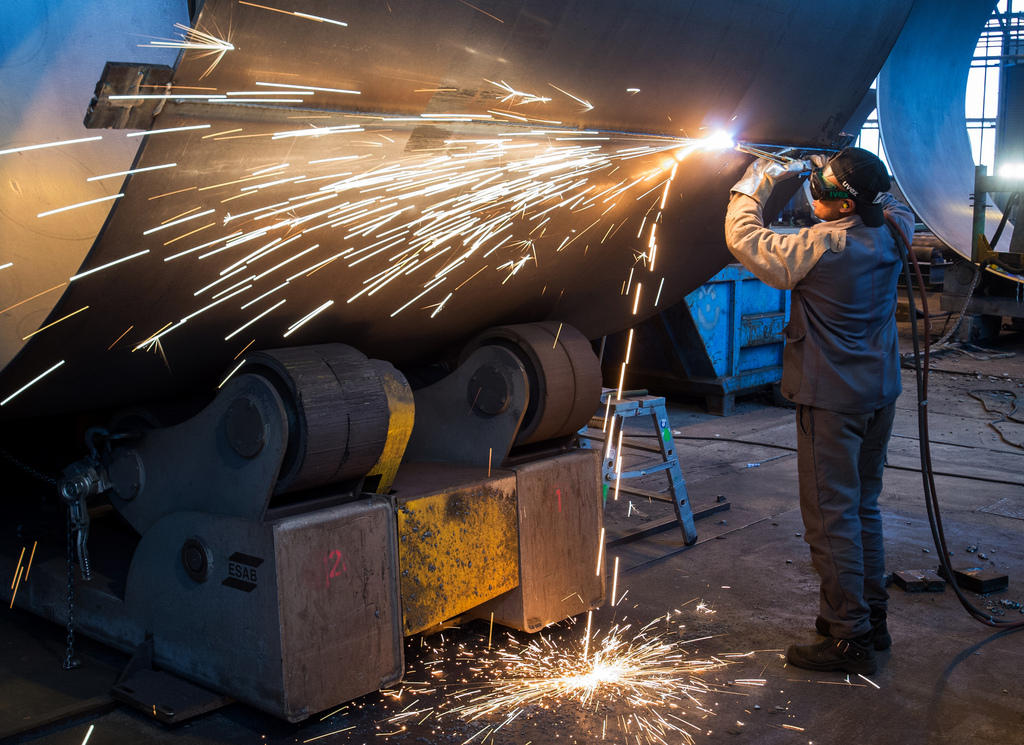Women and foreigners increasing in the Swiss workforce

The latest edition of the Swiss Social Statistics Report has outlined a number of continuing trends, including more women entering the work-force, more part-time workers, and more foreign workers.
The report, published Monday by the Swiss Federal Statistical Office, analyses a decade of social and employment statistics to sketch a broad picture of the major developments in society and the workplace.
Between 2006 and 2016, it found, the percentage of women “active” in the labour force increased slightly, from 59.8% to 62.8%, while the proportion of active men saw a minor dip (from 75.4% to 74.5%).
It also found that the majority of active women still work part-time, and the tendency remains on the up, from 56.5% to 58.8% over the 10-year period. And if men still largely work full-time, their percentage of part-timers is also increasing, from 12% in 2006 to 17.1% in 2016.
As for where these jobs are located, the statistics show that the tertiary sectorExternal link dominates for both sexes: a massive 86.4% of women work in services, especially sales, health and social work, while a majority of men (66.4%) are also employed in the tertiary sector, notably in sales, specialised roles, or administration.
In terms of job security, the number of workers employed in more than one job at a time increased only slightly, from 6.6% to 7.8%. Women are more likely to be in this situation, as they are to be in a situation of working on a “fill-in” basis.

More
The nuts and bolts of integration
Immigrant workers
Foreign workers also provide grist for the analysis mill: although immigrants make up the group most likely to be unemployed, the percentage of active employed foreigners is also higher than that of Swiss citizens, and has increased over the last ten years.
The paradox is also seen in education levels: foreigners, it was found, comprise both a greater percentage of workers with only the minimum level of obligatory education, as well as a greater percentage of those with higher education degrees.
Foreigners were less likely to be working part-time than their Swiss counterparts (26.9% as opposed to 39.7%).
The report also said that the immigration of working-age foreigners has acted as something of a “brake on the ageing Swiss population”, having boosted the active population and thus the eligible workforce.
swissinfo.ch and agencies/dos

In compliance with the JTI standards
More: SWI swissinfo.ch certified by the Journalism Trust Initiative




You can find an overview of ongoing debates with our journalists here. Please join us!
If you want to start a conversation about a topic raised in this article or want to report factual errors, email us at english@swissinfo.ch.